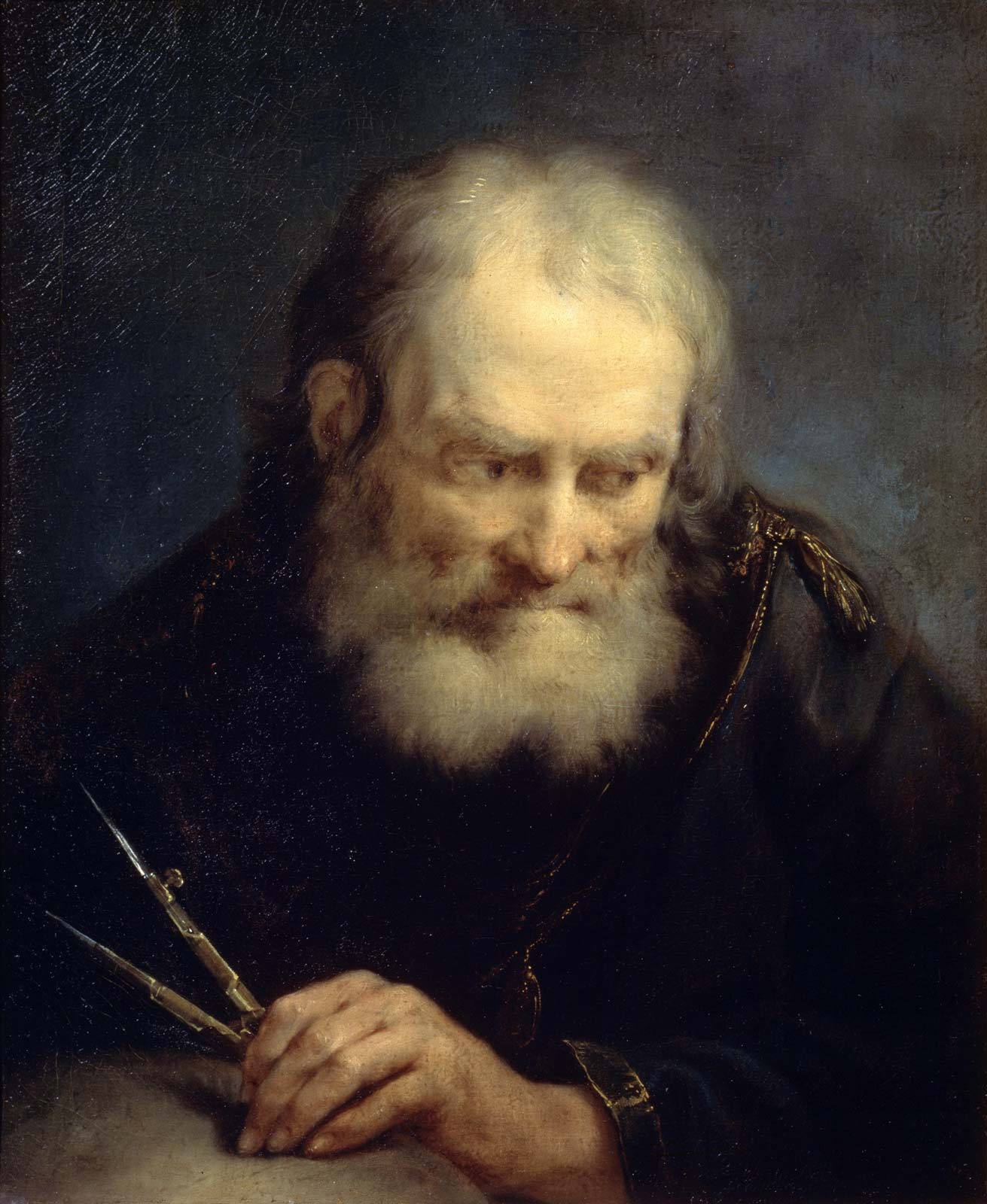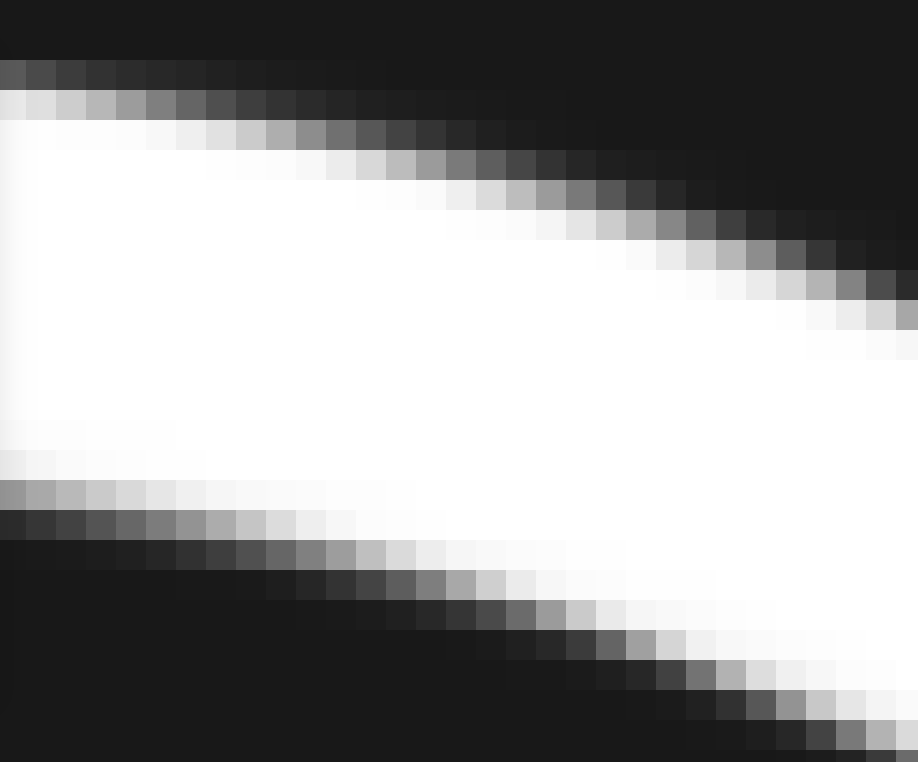For a brief moment, pause and ponder the following depiction of a circle.

Looks quite perfect, doesn’t it? The more one gazes at it, the more one tends to get absorbed by its genuine simplicity. It might be the front runner for the purest tangible approximation of an ideal, something that Plato envisioned some thousands of years ago through his theory of forms, and what Kant refined with his transcendental idealism program. You will find it across cultures, anywhere between esoteric wisdom and the very heart of the physical laws. Its offspring, \(\pi\), is the most rationally deified irrational and transcendental (go figure) constant. I hope this lured you enough for me to conclude that the circle is quite the protagonist; no need to delve deeper into the weeds to prove this point.
So what of it, you may ask? To answer this question, we need a short detour back to ancient Greece to meet this fellow.

His name was Archimedes, and he came up with a very ingenious idea, one which a few centuries later would empower Newton to become one of the giants on top of whose shoulders he himself had stood. It goes like this. Draw a circle and surround it with a square, such that the circumference of the circle touches the midpoints of the four sides of the square. Then, trim the corners in such a way your cut is tangent to the circle. In doing so, an octagon surrounding the circle emerges. More formally, if \(n\) is the number of initial edges of our polygon, then by applying this transformation, we’ll end up with \(2n\) - twice as many edges.
The logical deduction follows quite elegantly and lies hidden under various forms at the heart of the scientific endeavor -
The more you trim, the better the approximation of the circle gets.
With this in mind, let us return to our original depiction of the circle while also zooming in a little bit.

Those tiny squares form the first brick wall we’re going to hit when trying to embed our ideal circle in the space we inherited. Humanity was able to postulate the flawlessness of an ideal circle through careful reasoning yet by knowing we’re far from finding or constructing a tangible one. Without ruining your fun, there doesn’t appear to be much we can do about it. The perfect circle would only reveal itself to us as soon as we find an upper bound of forever [1].
So does everything ultimately boil down to degrees of precision? I don’t know. But this algorithm did well for us. Through consistent attempts to conceive a better model of reality, we historically came closer and closer to true understanding [2]. But does this procedure guarantee convergence? Yann LeCun saw the progress of the field I’m part of analogous to climbing a mountain, on top of which new peaks will open up in front of our eyes. However, simply knowing there are new peaks without ever being able to reach them is equivalent to knowing there are ideal circles without ever finding one [3]. Not very reassuring. Are we then cursed to get stuck on a peak, peering endlessly through thin air at the landscape? Science is often described as self-correcting, or we imagine we could, like Baron Münchhausen, pull ourselves out of a mire by our own hair. I don’t find that very reassuring. We appear like a
boy playing on the sea-shore, and diverting ourselves in now and then finding a smoother pebble or a prettier shell than ordinary, whilst the great ocean of truth lay all undiscovered before us. [
4]
In our pursuit of tangible ideals we relish the discovery of a master key that opened up many doors. This master key is the unreasonable effectiveness of mathematics. It’s the lighthouse our most gifted scientists rely upon when they just shut up and calculate. The sheer thought of learning a truth that percolates beyond the confinement of our experiences is a subtle and cogent exposition of the nomological potency of a possible vast underlying mathematical structure. Afterall, it does appear to us that
Nature uses only the longest threads to weave her patterns, so each small piece of her fabric reveals the organization of the entire tapestry. [
5]
We can only hope she will continue to indulge in our childish game of trimming circles.
[1] As you may have noticed, this sentence implies that a discrete Universe will be sooner or later the de facto judge of our theories of reality, as we are guaranteed a definite precision.
[2] This might be easily put under scrutiny by asking why do the majority of expert physicists still shut up and calculate or why the AI field stutters when confronted with the importance of interpretability. What I am trying to say is that understanding doesn’t appear to be the central feature of our current theses; we stubbornly relax in a pit surrounded by the comfort of prediction. Even though this might be the case, we do understand how to apply those predictions for the betterment of our common well-being. If you doubt the last statement, you might want to give this a look. However, I must confess these dark alleys are the reason I will always remain skeptical of instrumentalism.
[3] One might argue that knowledge can narrow down the space of possible expeditions enough to identify only the fruitful ones. This type of argument is put forward by rationalism, and in this case, relies on the strong assumption we have the proper tools not only to observe the peaks but to initiate the expeditions as well. A tour de force in support of a rationalist view of Science through an attempted vindication of realism, both of which I’m very fond of, has been put forward by William Newton-Smith in his book The Rationality of Science.
[4] Memoirs of Newton (1855), vol II, Ch. 27
[5] Feynman’s Messenger Lectures, The Law of Gravitation